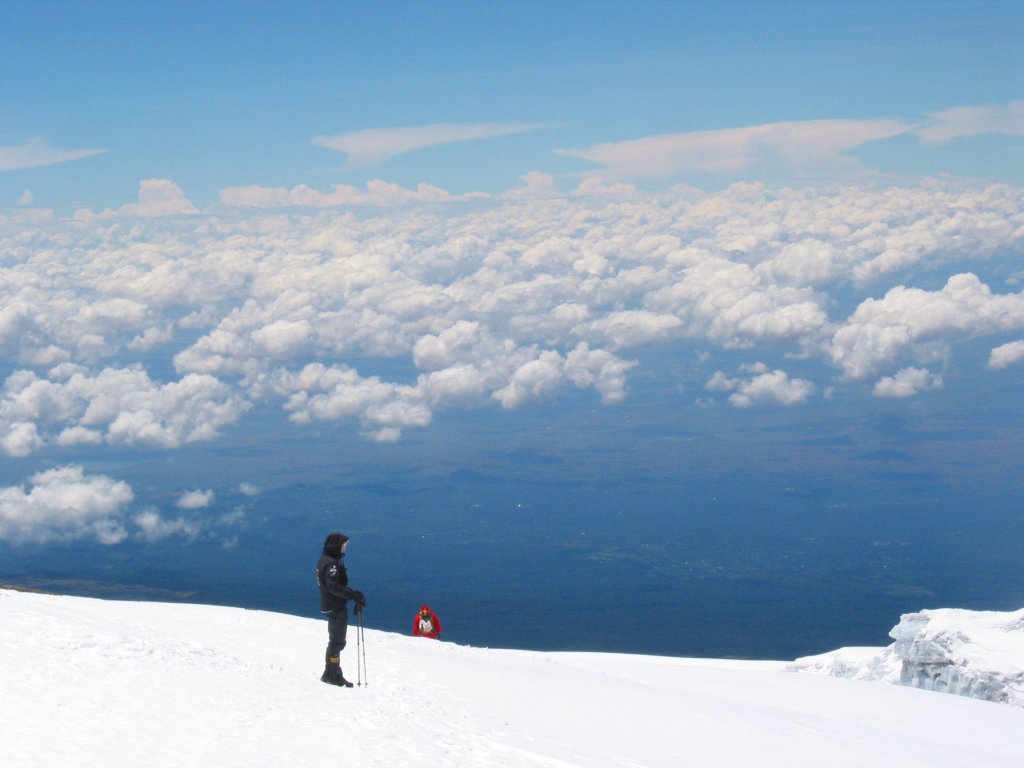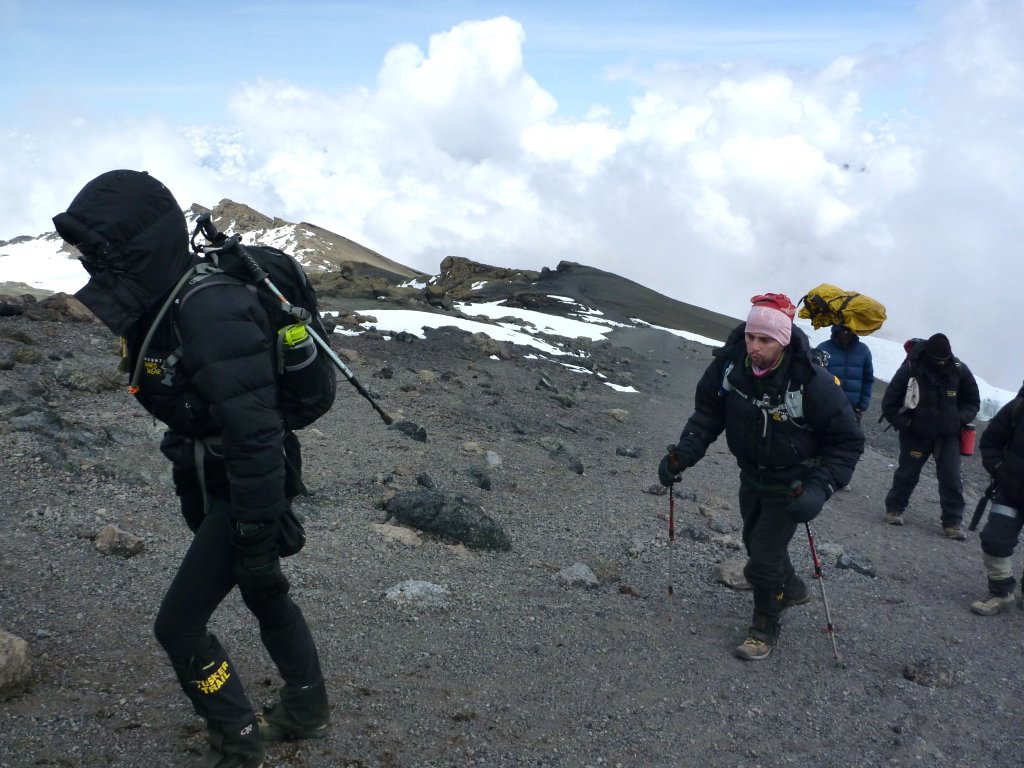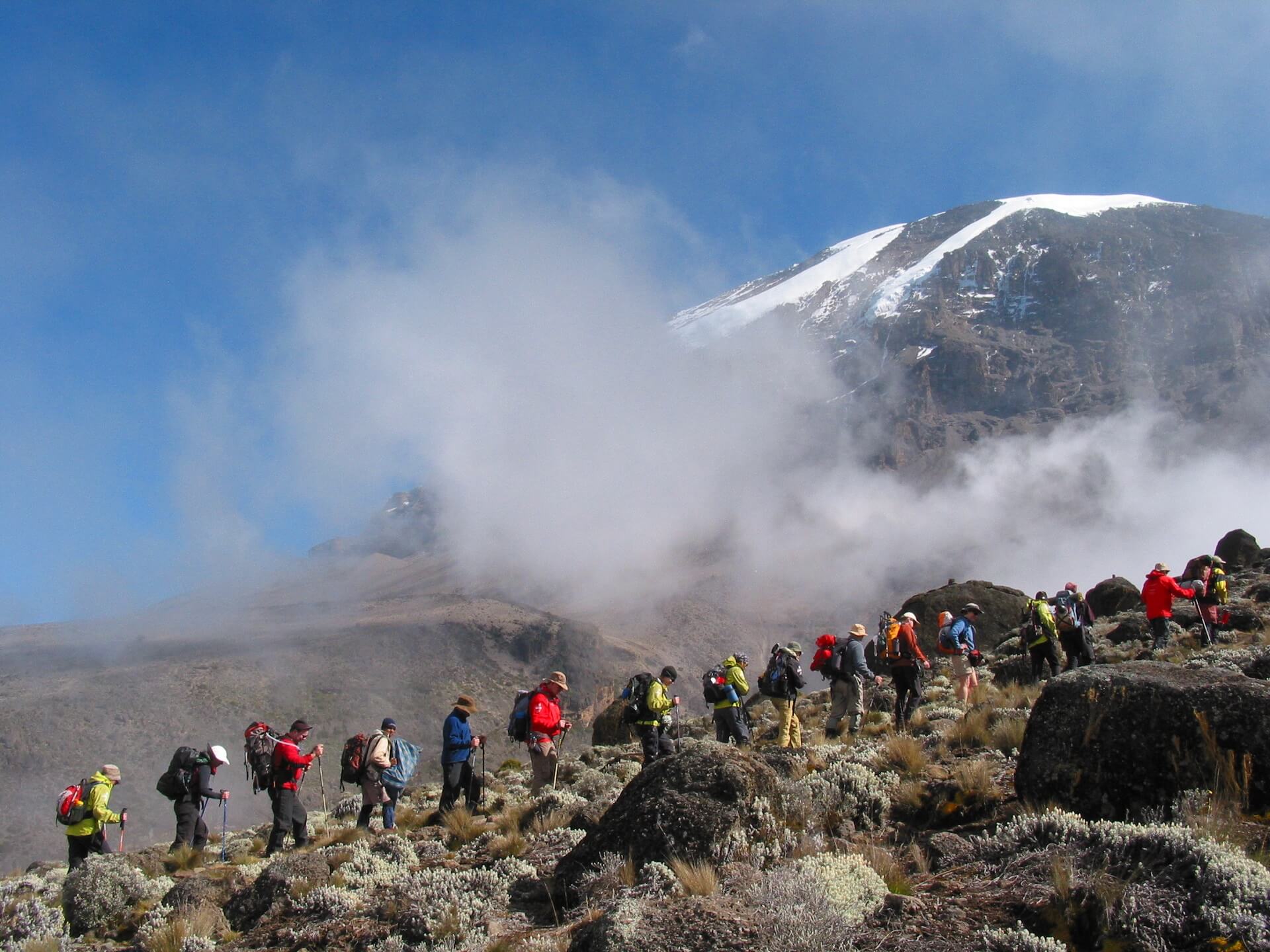How to Prepare for a Kilimanjaro Hike Like a Pro
So you want to climb Mount Kilimanjaro?
Despite all your excitement, gearing up for a Kilimanjaro hike requires meticulous planning, months of training and weeks of careful preparation.
You’ll need to decide on a date for your adventure, pick the right route, choose the best climbing company and Kilimanjaro guides to lead the way, and make lots of other crucial arrangements to ensure a successful climb to the Kilimanjaro summit.
Check out our official Tusker checklist to prepare for your Mount Kilimanjaro hike like an expert:
First, Partner with the Right Kilimanjaro Experts
Did you know that you can only climb Kilimanjaro with a Tanzania registered climbing company recognized by Kilimanjaro National Park?
A high quality operator will not only provide guides for your climb but will also have enough porters to carry all your gear and camping equipment, set up your tent, cook all your meals, and monitor your health along the journey for a safe climb.
Though finding a reputable operator may seem easy, it’s important to know that very few companies lead their own climbs on Kilimanjaro. Most companies subcontract their Kilimanjaro hike to a local operator, which means you have no idea what kind of safety standards they practice. Plus, once you leave home, you’re in the hands of a completely different company.
Your good health and safety are key to a successful trek, so it’s important to know exactly who you’re booking your trip with.
That’s why, at Tusker, we lead all our climbs from start to finish. You talk to a guide, from signup to summit.
We never subcontract our hikes because your safety is best kept in the hands of professionals, and not every company is professional.
Then, Choose the Dates for Your Kilimanjaro Hike
There are a few things you should take into consideration when planning your hike, such as weather, numbers of climbers on the mountain, , duration and prep time.
There are two rainy seasons on Kilimanjaro; One lasts all through November and the other spans from April to early May. To avoid the crowds, travel between December and March but know that the weather may be a bit cooler. Choose a Kilimanjaro hike from late May through October and you’ll enjoy warmer weather, but slightly busier trails.
When it comes to the length of the trek, you should plan to spend at least 7–8 days hiking Kilimanjaro. Though that may seem like a long time camping, the more time you spend slowly ascending the mountain and getting used to the altitude, the greater your chances of avoiding altitude sickness, and making it to the summit successfully and in one piece..
Every day you spend acclimating to the altitude also boosts your chances of successfully reaching the Kilimanjaro summit. That’s why most of our Mount Kilimanjaro hikes last 8-10 days on the mountain itself.
Next, Choose a Route that Speaks to You
There are seven main climbing routes up Kilimanjaro and they vary in difficulty, length, scenery, and traffic.
Longer routes usually yield higher success rates (see our previous point) while shorter routes are more demanding.
We prefer specific Kilimanjaro hike routes here at Tusker, as they’ve given our adventurers the most success.
Get Your Passport and Visa In Order
You’ll need a passport that’s valid for at least 6 months after your Kilimanjaro hike in order to gain entrance into Tanzania.
You’ll also need a visa to stay in Tanzania if you’re from the US, Canada, Australia, the UK, and several other countries. They are easy to get, and you can always purchase a visa when you arrive at the airport in Tanzania, or if you want to avoid the long lines, get one in your country ahead of time.
Book your Flight to Tanzania
Even if you book your Kilimanjaro hike through a trekking operator like Tusker, the price of your airfare is generally not included.
Find out when to book the cheapest airfare from your home airport to the Kilimanjaro International Airport (JRO), which is closest to the mount.
And when you choose Tusker for your Mount Kilimanjaro hike and you’ll have transfers to/from Kilimanjaro International Airport already included in your Kilimanjaro climb cost.
Find Out Which Gear You Need to Pack Versus Rent
You may not need to pack anything for your Kilimanjaro hike other than the clothes you plan to wear, plus a few personal extras.
You will want to dress in layers since the weather changes frequently as you trek through Kilimanjaro’s five different climate zones. You’ll need to be prepared for heat, rain, wind, cold, and the possibility of snow and sleet.
You will also need the right gear for a Kilimanjaro hike, such as a daypack, waterproof hiking boots, and trekking poles. Since these can get bulky when you’re flying overseas, Tusker offers our climbers the option to rent:
- Wet weather clothing (i.e., rain jacket and pants)
- Layered cold weather clothing (i.e., down jacket and gloves)
- Mountain Hardwear “Lamina” -30 degree sleeping bags
- Komperdell & Leki trekking poles (or similar)
- Outdoor Research Gore-Tex gaiters
Prepare for Altitude Sickness In Advance
On your Kilimanjaro hike, the air pressure and the amount of oxygen molecules available to you in the air will decrease. You will get short of breath — and that’s normal. Every person’s reaction to this decreasing pressure is different and there is no way to predict how well you will do at altitude.
That’s why our guides are properly trained to identify altitude problems and fix them immediately. .
If you’re not adjusting well and you do not acclimatize on your Mount Kilimanjaro hike, it could lead to serious problems that could be fatal. The best way to avoid altitude sickness is to schedule a longer climb, which allows your body sufficient time to acclimatize, since you’ll be ascending at a slower rate.
Remember, almost all climbers who don’t make it to the Kilimanjaro summit are sidelined by altitude sickness.
Try to Get in Peak Physical Shape
Though you don’t need mountain climbing experience to conquer a Kilimanjaro hike, you do need to prepare physically and mentally. Remember, depending on the route and day, you can spend up to 9 hours a day trekking.
To prepare your body for the climb and prevent injuries, you should train for at least 2-3 months before your Mount Kilimanjaro hike. Try to incorporate aerobic exercise, strength training, and extended walks on rough terrain to build up your stamina.
Learn More About a Kilimanjaro Hike with Tusker
We’re prepared for a successful Mount Kilimanjaro hike, are you?
Now that you know everything you need to accomplish before reaching the Kilimanjaro summit, you’re probably wondering about the price tag for this bucket-list worthy adventure.
Read on to learn what a Kilimanjaro climb cost includes and why the prices vary so drastically.
Ready to Explore?
Tusker Trail was founded in 1977 with Eddie Frank’s first trans-Africa expedition. Today, 45 years later, Tusker Trail is recognized across the globe as a world class, expedition company with an incredible track record and reputation for training the finest guides on the planet. On Kilimanjaro, Tusker’s mountain guides have earned the nickname “The Lions of the Mountain” by guides from other companies.
Take a look at Tusker’s treks, each a unique experience of some of the most amazing journeys that will challenge you and change your life forever. If you have a question about our treks give us a call +1.775.833.9700 or 1.800.231.1919 and if you talk to Eddie Frank be sure to ask him about the bet he made 45 years ago that sent him on that first expedition across Africa.
TUSKER TRAIL TREKS
Kilimanjaro Climb – (Tanzania)
Everest Base Camp Trek – (Nepal)
Mongolia Nomad Trek – (Mongolia) – “Trip of the Year Award: Outside Magazine”
Patagonia Trek – (Chile and Argentina)





